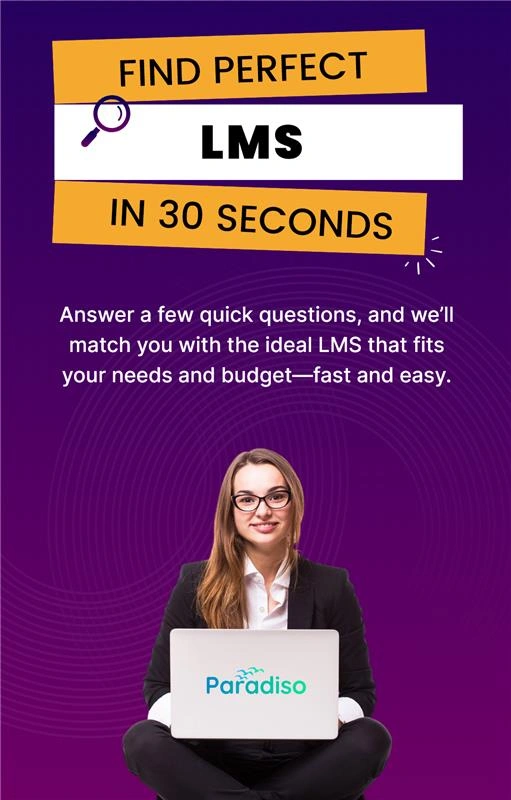1. Assign Reading or Videos for Pre-Class Learning
One of the easiest and most common ways to flip the classroom is to assign study materials for students to review before class. This can include reading articles, watching videos, or listening to podcasts. By giving students access to the learning material ahead of time, they can engage with the content at their own pace, giving them a better understanding of the subject matter before they arrive in class.
By flipping the classroom in this way, teachers set the stage for more productive classroom discussions and hands-on activities. It encourages independent learning, which is a key aspect of this pedagogical approach. Additionally, providing guiding questions or short quizzes along with the materials can further enhance comprehension and ensure accountability. This not only helps students focus on the key takeaways but also prepares them to contribute meaningfully during in-class sessions.
2. Create Short, Engaging Videos
Another effective way to flip the classroom is through video content. Teachers can create short, concise videos that explain concepts in a way that’s easy to understand. These videos can be viewed outside of class, allowing students to pause and rewind as needed. This gives them the flexibility to learn at their own pace. Incorporating interactive elements like quizzes, discussion prompts, or embedded questions within the video can further enhance student engagement and promote active learning.
A good rule of thumb is to keep these videos under 5-10 minutes to ensure students stay engaged without feeling overwhelmed. Teachers can even draw inspiration from platforms like TED Talks, which feature high-quality, easy-to-understand content that is perfect for flipped classrooms. Additionally, using video platforms that track student progress and offer analytics can help educators identify who may need additional support, making the flipped model more data-driven and personalized.
3. Set Up a Learning Management System (LMS)
To facilitate the flipping of a classroom, setting up an LMS is crucial. An LMS provides a central location for all learning materials, discussions, and assignments. Platforms like Paradiso LMS, Moodle, Canvas, and Google Classroom allow teachers to easily share resources, track student progress, and encourage communication outside of class.
With an LMS in place, students can access videos, articles, quizzes, and discussion boards all in one place. This makes the learning process more organized and accessible, ensuring that students stay on track with their pre-class learning













